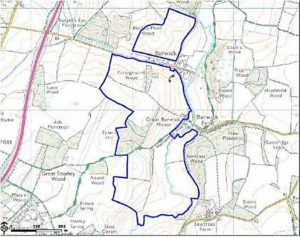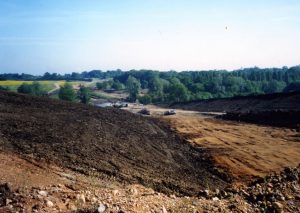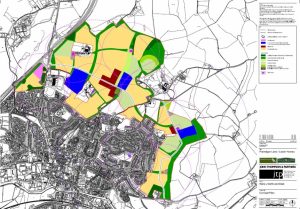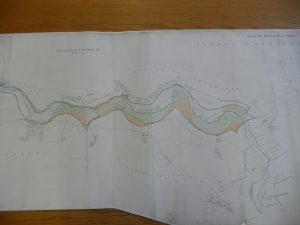Thundridge Old Church is under threat but it is just one part of a wider historic landscape that has meaning to people as a recreational and spiritual asset today, and truly incredible and barely tapped potential as evidence of stories of the past.
When the significance of the valley as a whole is properly appreciated, damaging change can be resisted. By the time threats happen it is almost too late- the ‘sleeping bear’ has been woken, money has been invested and profit is on the line.
Alone, any one element of significance can be ignored or overridden – divide and conquer. To protect the whole landscape requires knowing and valuing every part – so threats are discouraged in the first place and if they happen a body of evidence and valuable assets is already in place to deal with the threat rapidly. Protecting the Old Church is one element of this picture.
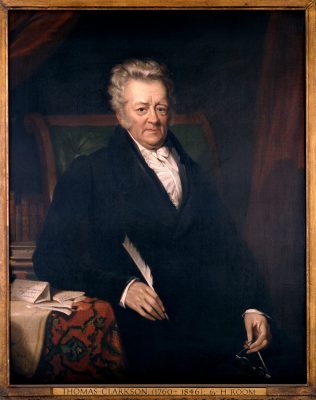
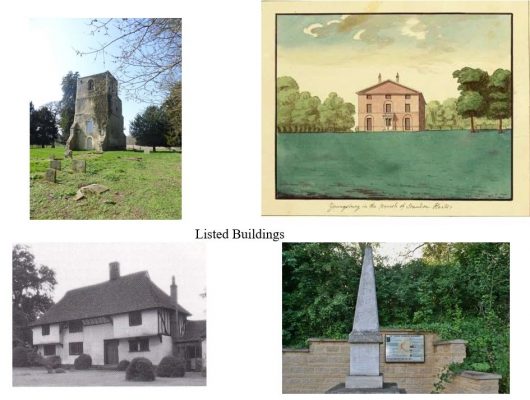
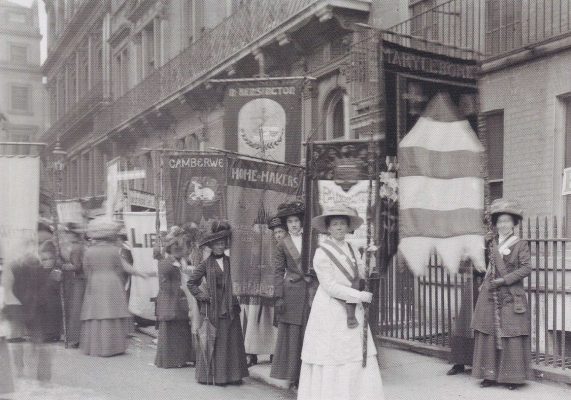
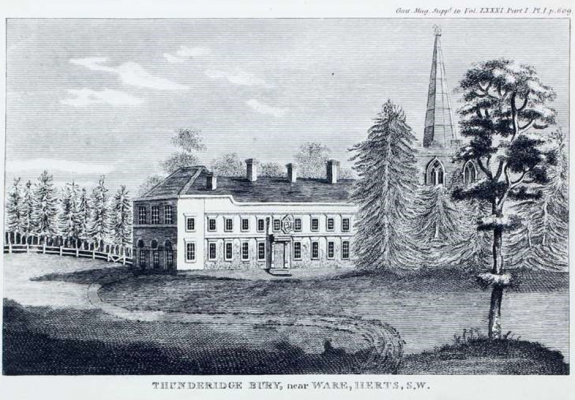
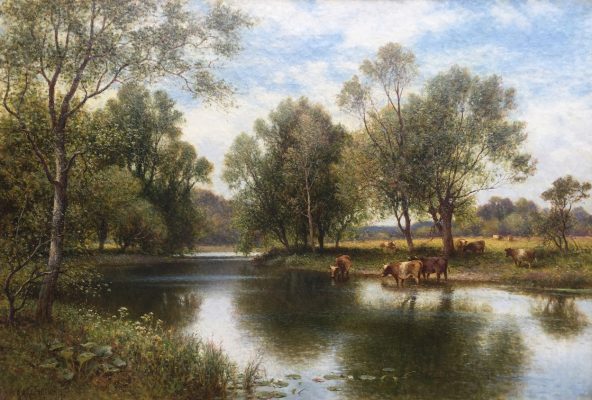
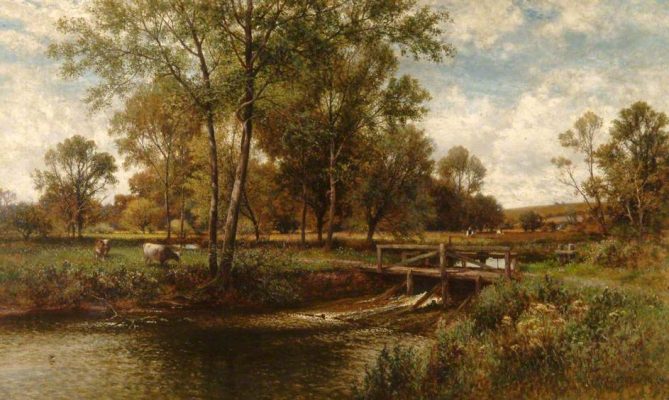
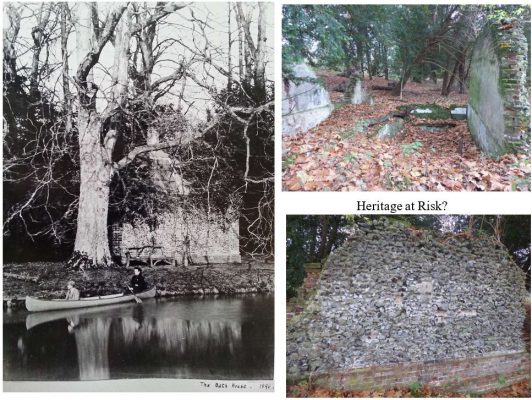
Cadw and Historic England (HE) have both produced guidance on why it’s important to understand the significance of a landscape. When we appreciate what makes a site special, then we can begin to find ways to conserve this, or manage changes to ensure that they have as little impact as possible on these special qualities. When we research a landscape and visit in order to record what is there, that is the perfect opportunity to work out what is significant about a site, and what features remain that embody that significance.
This approach to understanding a site is enshrined in planning policy. The requirements of the National Planning Policy Framework (NPPF), which now underpins all planning decisions in England and Wales, must be taken into account in all planning decisions. Whilst significance is touched on all the way through the NPPF, it starts off laying out core principles, including that planning should “conserve heritage assets in a manner appropriate to their significance, so that they can be enjoyed for their contribution to the quality of life of this and future generations’.
So, if we want to conserve our historic designed landscapes, and explain to others what it is about them that needs to be conserved, we need to be able to articulate their specialness!
HE guidance sets out how we can usefully describe a landscape in terms of where its importance lies, what values we can give it. The calculation of the values falls under 4 headings:
The Rib valley is an exceptionally unusual example of unbroken activity and occupation for at least two millennia in a landscape that has remarkably not been disturbed or archeologically investigated and has great historic significance and further evidential potential.
There is evidence, in the Thundridge area of the Rib Valley alone, of: Neolithic finds; Bronze Age barrows; Iron Age hilltop and rare pre-Christian settlements; ancient routes and river crossings; Roman finds, habitation and burial mounds; place names dating back to Anglo-Saxon; positioning of the frontier between Viking and Anglo-Saxon areas of control; numerous medieval and post-medieval sites and finds and well preserved Georgian and Victorian estates. These are mostly stories yet to be told, hidden in documents and under the ground.
Through TOCAG and others research, we are discovering new stories all the time about the people who lived here; from gentry to ‘commoners’ and how their lives represent living history and made this area what it is today. We also have stories of significant buildings and of nationally significant movements such as the birth of the Abolitionist movement and key supporters of women’s emancipation. Thundridge Old Church is just one, albeit the oldest, iconic places that visually tie us to our past.
The Valley’s function as a green belt, corridor and ‘lung’, is ever more important after Ware North development approval, recognising the immense value of this green space. People use the valley for work or leisure; e.g. horse riding stables, bee hives, scout camps, bird watching (rare nesting ravens and resident kingfishers) and (stocked) fishing; etc. The Rib Valley is a well-known and used leisure corridor for walking, cycling (e.g. Womens Tour cycling race 2015, ‘Ware’s Cambridge’ 2019), hiking, riding, fishing, bird watching, driving rally’s (Flying Scotsman Rally 2013), photography and more. It hosts the Hertfordshire way (E/W), Harcamlow Way (N/S) and Ashridge bridleway. It must be valued for the physical and mental good health of Thundridge, Ware and E.Herts residents and special interest groups from far afield.
The Rib Valley contains one of only 200 chalk rivers known globally and a habitat ‘recognised as a priority habitat for protection under the UK Biodiversity Action Plan’. The Rib catchment is the only known UK site for the rare sedge Carex cespitosa. They have been described as ‘Hertfordshire’s rainforests’ but are already damaged and under increasing threats from excessive water extraction due to population growth, lower rainfall due to climate change, silting from run off soil, pollution and invasive non-native species such as Himalayan Balsam and giant hogweed. See here for further details
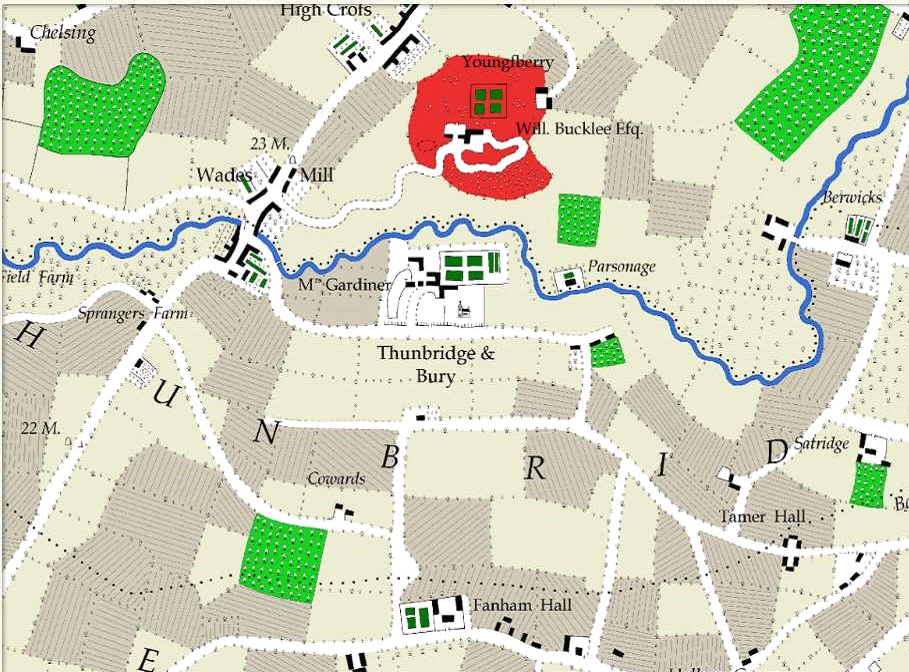
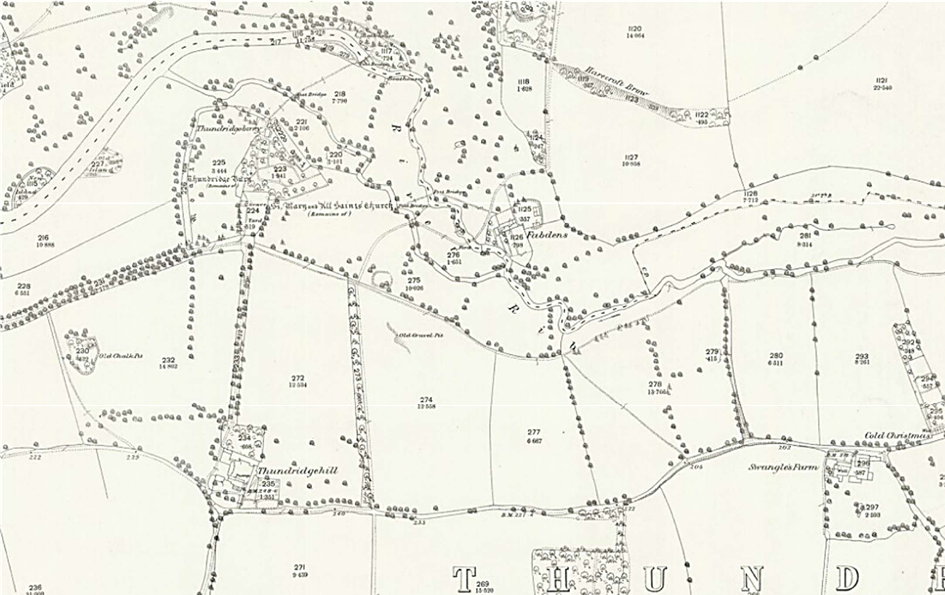
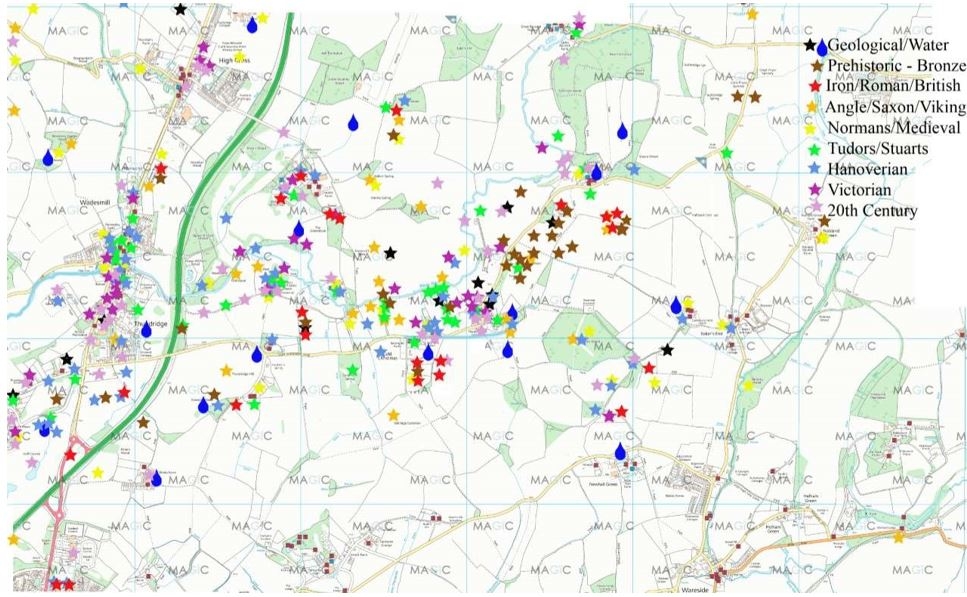
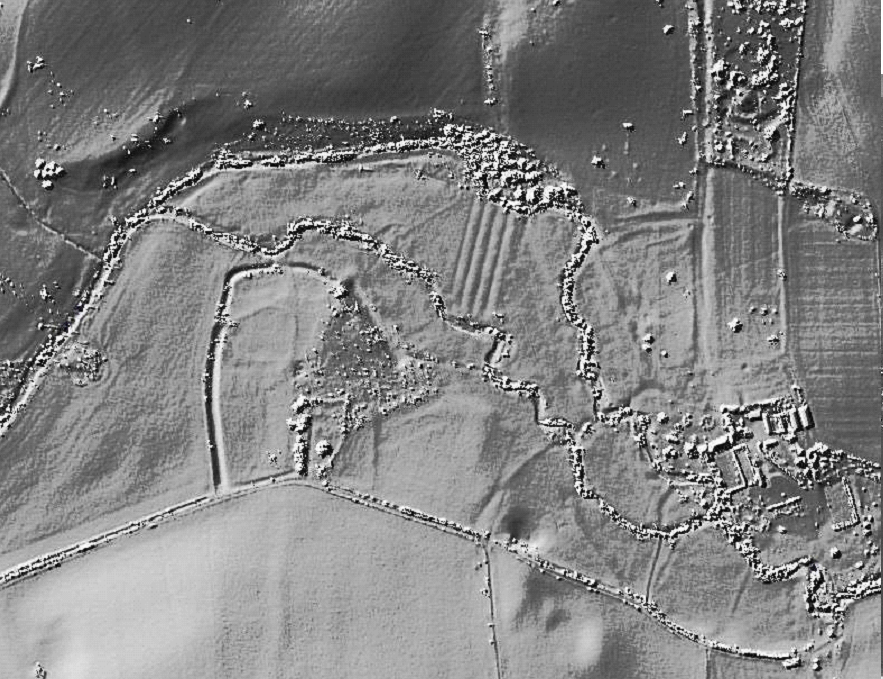
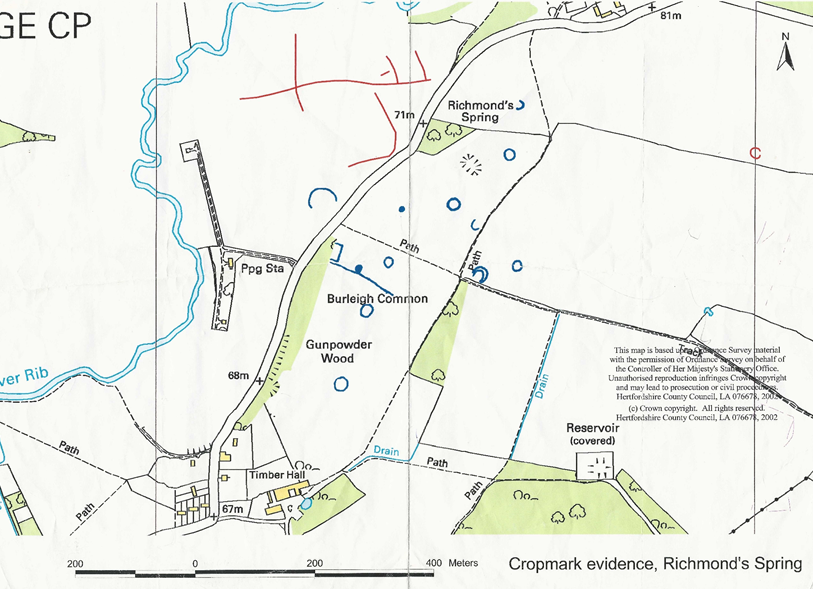
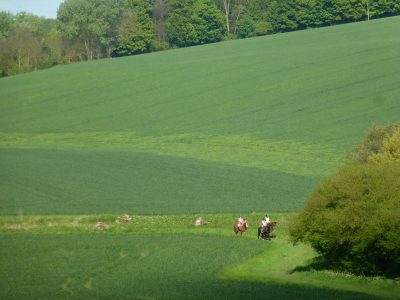
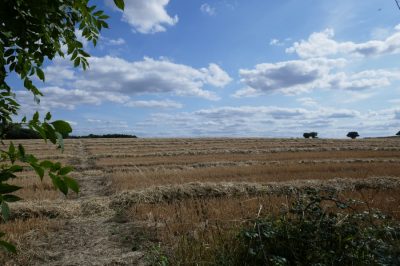
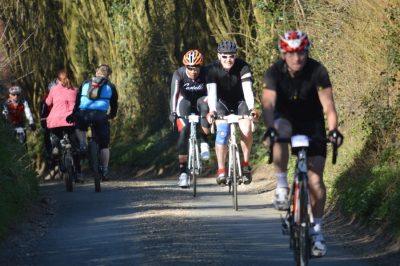
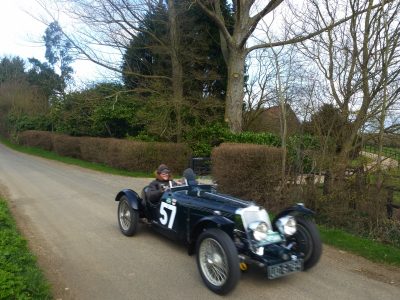
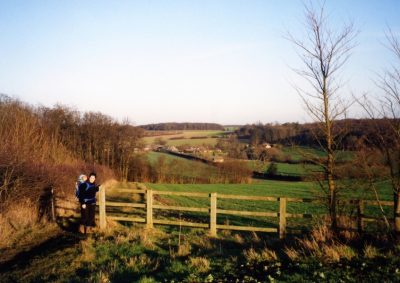
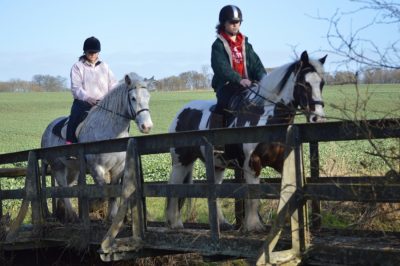
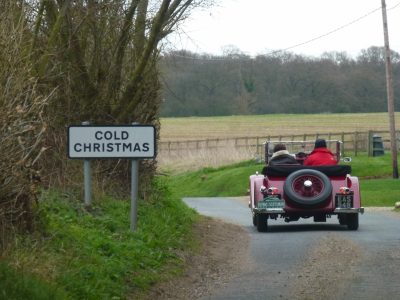
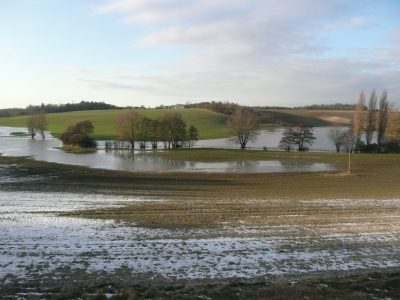
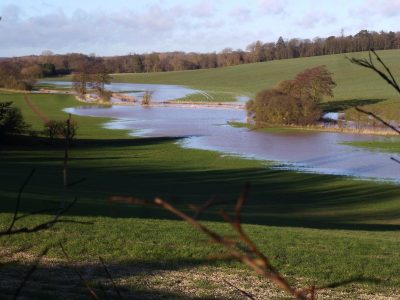
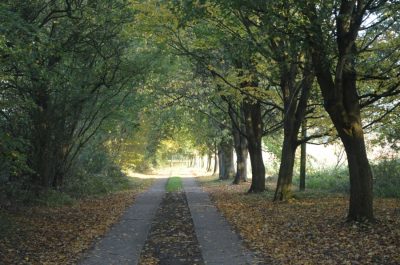
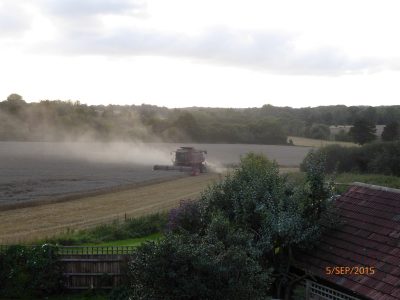
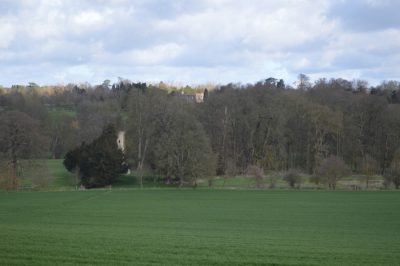
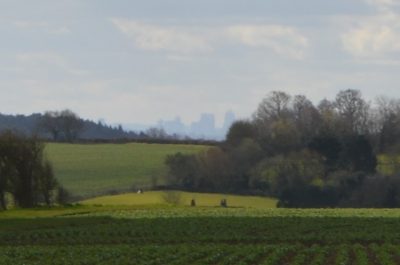
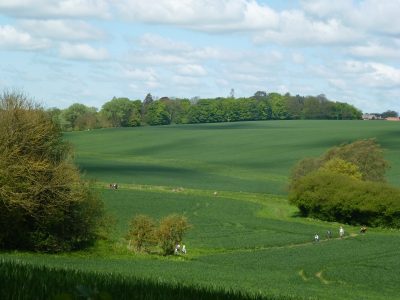
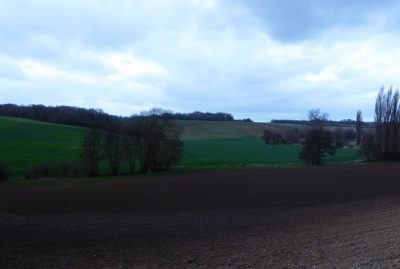
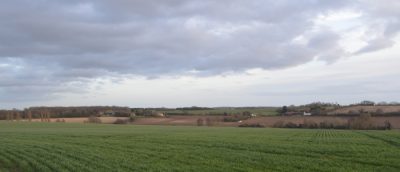
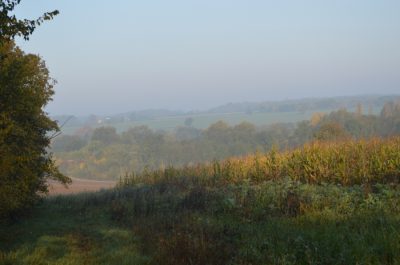
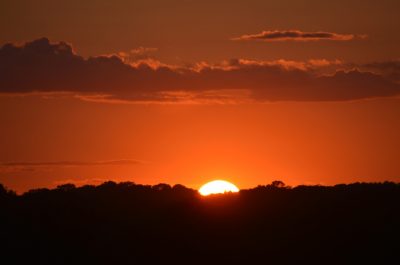

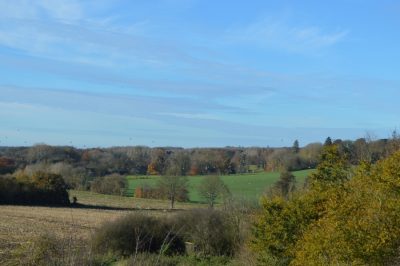
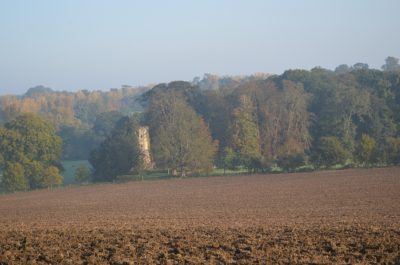
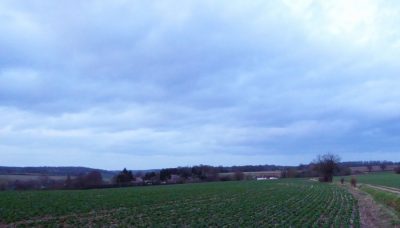
Ignorance, apathy, and greed are the main threats.
The Rib Valley has already dodged several bullets, including Gravel extraction, rubbish incineration, railways and reservoirs. In recent times housing development is an ever more pressing issue, with loss of habitat and green space and pressures on natural services such as water extraction. It is easy to be complacent it can never happen here – until it does. We have to be forearmed
Developers are required to provide evidence of heritage and ecological impacts when submitting planning applications; however, these are usually desk-based research done by consultants who do not know the area and have little opportunity to consult locally before preparing their reports. The valley contains far more than is recorded either in the HER locally or on national lists. Local Planning Officers have neither the time nor the expertise to counter these desk-based assessments so it is up to those who know their area to set out the true case.
River valleys in Hertfordshire are known for their gravel deposits and many have been excavated over the years. This is often followed by landfill and in many cases housing. There have been threats in the past of gravel extraction round Barwick Ford and north of Youngsbury. Such threats may well return as easier deposits are worked out.
In the current EHDC Local Plan housing development (north of Ware) has been agreed right up to the southern edge of the interfluve. These Local Plans will be revised in due course and further land required for housing. It would be logical to carry on to fill the area between ‘north Ware’ and Thundridge. And as we have seen with the current Local Plans, Green Belt can be ‘de-Greened’. This is not to say that development should be denied. A pragmatic approach of seeing if, and where, limited development would not cause harm, should be undertaken – as it will be in the Neighbourhood Plan. It should be equally clear where there should not be development because of the significance of the individual site and its part in the overall valley.
Other developmental threats, such as road improvements, have unfortunately left their mark already, but it should be remembered that changes to farming practices or plantation of trees of unsympathetic type or in significant locations, can also be a threat.
